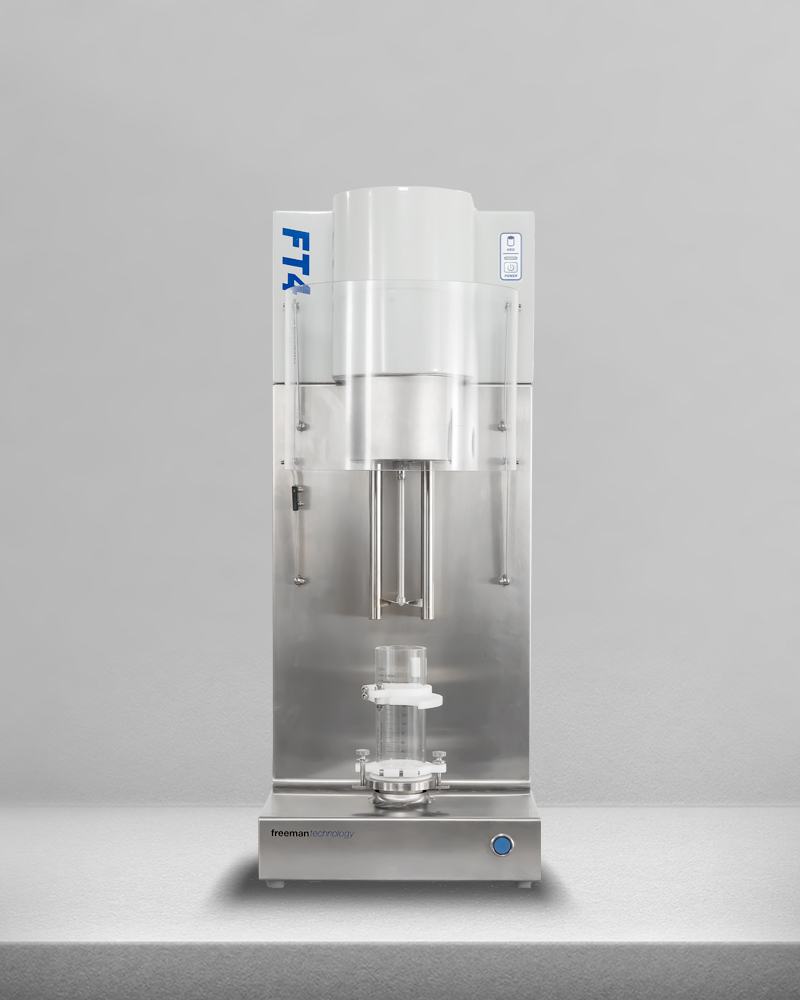Freeman Technology specializes in powder testing systems for quantifying the flow properties of powders and has nearly 20 years’ experience in powder flow and powder characterization. Expert teams guide users in addressing their individual powder challenges, focusing on delivering the most relevant information for the process.
Powder flow refers to the movement or behavior of powdered materials under various conditions. The study of the behavior of powders as bulk assemblies, consisting of solids, liquids and gases is powder rheology. It examines how powders flow under applied stress, allowing users to measure the dynamic flow and shear properties of powders as well as quantifying bulk properties such as density, compressibility, and permeability.
Powder flow is influenced by factors such as particle size, shape, density, surface area, moisture content, and electrostatic charges. These characteristics can significantly impact manufacturing processes, product quality, and performance.

The FT4 Powder Rheometer is the world’s most versatile powder testing instrument for understanding powder flow and behavior
to stay connected to product news, software updates, and the latest scientific resources
Copyright © 2025 Micromeritics Instrument Corporation